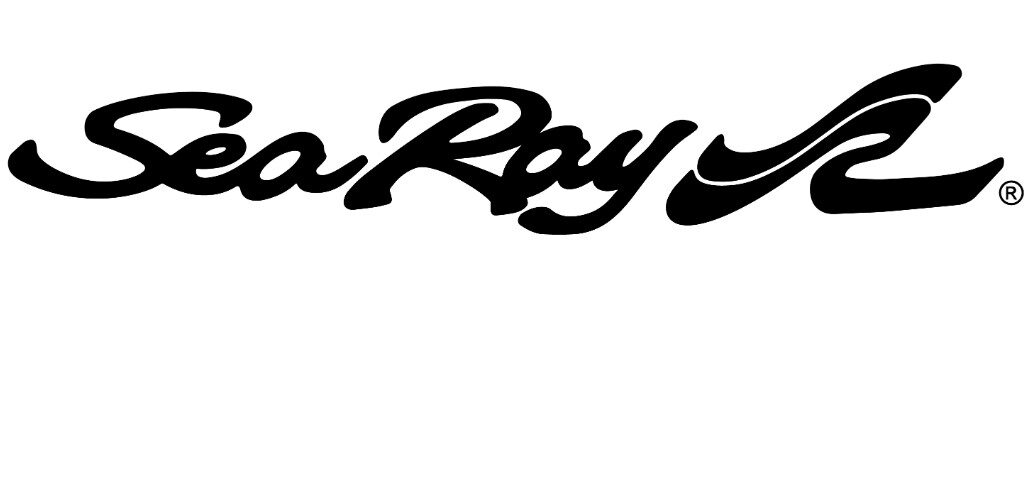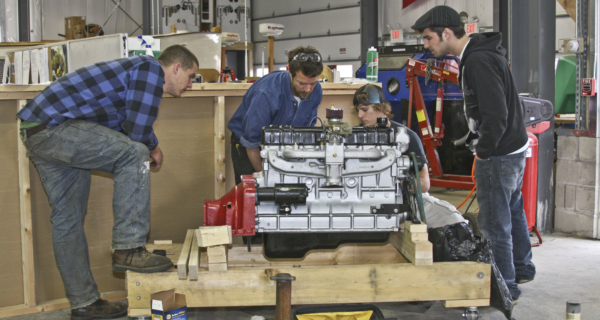Insights from MDCE keynote speakers Josh Linkner, Seth Mattison and Sam Dantzler
For the first time, this year’s Marine Dealer Conference and Expo — going on this week in Orlando — features three keynote speakers.
We talked to each of the speakers about their keynotes and what they hoped this year’s attendees would learn from their talks.
The Marine Dealer Conference & Expo is produced by Boating Industry and the Marine Retailers Association of the Americas.
Josh Linkner, Opening Keynote speaker, founder of Detroit Venture Partners
Boating Industry: You talk about creativity and innovation being the most important attribute of a business. Why?
Linkner: So many of the advantages we’ve had in the past have been commoditized. You have things that are difficult to control like geography and global markets. On top of that, the stakes are increasingly more and more difficult with the addition of complexity, competitive threats, etc. So, what can we do to rise above all that? I truly believe that creativity and innovation is the currency of success. If you think about it, it’s the one thing that can’t be outsourced or automated. Ultimately, it’s our one source of sustainable competitive advantage. Now, dealers might say, “Creativity doesn’t apply to me–I’m not the one designing a new marine craft, I’m the one that’s selling it.” But I’d argue that we can apply the same principles of creativity and innovation to the ways we sell, how we lead, and how we serve. It’s not just about product innovation, I’m going to talk about, every-day innovation, ways that we can inject creative thinking to drive our dealerships to the next level. So I believe in these challenging times, creativity and innovation have become the most important attributes to ultimately harness and deploy our dealerships.
Boating Industry: Is this more important today than it was in the past? Why?
Linkner: In the past, things were very different. We lived in local markets instead of global ones and competition was way less fierce. Business cycles elapsed over months or years instead of weeks in some cases. The complexities are higher, the stakes are higher, the difficulty is higher, and the competition is higher. So we need to elevate ourselves to rise above that. Many of the competitive advantages that we’ve had in the past have become antiquated. My argument is that creativity and innovation is more important now than ever in these fist-fighting times. One thing we learned from the economic disaster of 2009 and 2009 is that we can no longer rely on models of the past and still expect to win. We know that today, we need an entirely new approach to drive successful outcomes. Innovation and creativity are untapped, natural resources that, when harnessed and injected into our dealerships, will help facilitate terrific success.
Boating Industry: How can dealers get better at this?
Linkner: There’s a myth that one out of a thousand of us are given creativity at birth and the rest of us have to suffer from lack of creativity. The truth is–and the research is crystal clear–is that all of us as human beings have enormous creative capacity. It’s a skill that can be learned and developed, although most of us are far behind in leveraging it as adults. I’m going to share some specific ideas and approaches that dealers can immediately use to drive momentum and progress in their businesses. In other words, these are skills like learning tennis or learning a new language that can be quickly built, deployed, and turn important competitive advantages. So, the good news is that all of us can build and learn these skills. We just need an approach, we need a trainer, we need a coach.
Boating Industry: What are the biggest roadblocks for companies developing creativity and innovation?
Linkner: The biggest roadblock in harnessing creativity and innovation has nothing to do with natural talent. The single biggest inhibitor is fear. Fear is a poisonous force that robs us of our best thing. I’m going to share some specific ideas techniques that helps us rise above that fear. If we can create a safe environment for ourselves and those around us, our creativity will soar. Remove the fear and creativity fills the room.
Breakfast Keynote Speaker Seth Mattison, founder of FutureSight Labs
You talk about the “unprecedented transformation” of the world of work. What do you mean by that?
I talk a lot about the fact that we’re entering what we call, the age of the Network, a world of hyper-connectivity and constant flux, where disruption is the norm and autonomy, empowerment and meaning are basic expectations of the new workforce.
But despite charging head long into this new environment, the fact is, we still live in a half-changed world, where everything from communication and etiquette, policies and procedures, where and when work happens, and “paying your dues” are still influenced by a long list of “unwritten rules” established by the world that preceded the Network: the Hierarchy. Responsible for the creation of incredible efficiencies and scale over the past 150 years, the top-down structures and culture of the Hierarchy are still deeply embedded in our organizations and leadership ideologies today.
Essentially these two worlds, the world of the hierarchy and the world of the network are battle with each inside every single organization today and as a result leaders are being forced to execute and perform while simultaneously maintaining the discipline to reinvent themselves for a very different future. Successfully navigating the challenge of thriving in two very different worlds is the mandate of the modern day leader.
Where do you think dealers will be able to leverage your insights?
I think there are a few areas I hope we can impact. One specific area I know dealers are particularly concerned with is around technician shortages. I know most dealerships are smaller operations. You’ve got service departments, possibly some marina rental operations, financing and Insurance. All of these business under one roof. You’re all wearing multiple hats and you’re all competing for talent. It’s a tall order
Tech shortages is the No. 1 thing I hear about. I know owners that have had two to three openings in the service department that have sat vacant more than a year. They’re in situations where they could have sold a 1/3 more boats.
As an industry we know more than 21 percent of full time positions were unfilled – more then 23 percent of part time positions were unfilled. My goal is to help the industry move the needle on these issues. What would it mean if we can help a dealer more effectively identify talent and most importantly keep them once you’ve got them.
Sam Dantzler, founder of Sam’s Watersports Dock and Garage Composites
What can attendees expect to take away from your closing keynote?
Dantzler: So much of what we have, we’ve been doing it that way for 20 or 30 years. Look at [how] commerce has changed in 30 years, look at what people want out of their jobs, look how people buy, and if it’s so radically different, how are we so far behind the times in adapting to that? And honestly, that’s probably the better word that I’ll use in the speech a lot is adapt, not necessarily change. … [The keynote] is a check-in with how antiquated we’ve become and then consider the solutions for how to bring yourself up to current.
What do you think are the greatest barriers for boat dealers as they work to adapt to the transformations taking place in their employees, customers and retailing in general?
Dantzler: If you look at the history of how anybody bought anything in this world … it doesn’t matter what it was – you’d think about it, and then you go gather a bunch of information to support your thought or reject it, and then you pull the trigger. So three different buckets. And I think the biggest issue is that middle bucket, the information gathering, because for years the customers have had to go to the dealership to see the boat, go to the dealership to see the options, to see the color, to try it out, to learn about it. … That middle piece has always been dealer-controlled. If you look at the Polk Industry Data, which I’ll bring up in the speech, we used to go to six dealerships before we would make a buying decision, and now we go to one. And now we pull the trigger within one week of going to the one dealership. So the time of acquisition is really short but the point is it’s shifted from dealer-controlled to customer-controlled.
How can dealers overcome them?
Dantzler: It really comes down to that missing ingredient of human connection. Customers want a human connection, they want to feel good when they buy, they want to feel like they can trust the person, employees stay with organizations that they feel like they have an actual connection with. … What’s our ability to connect with them before they actually get into the store?




